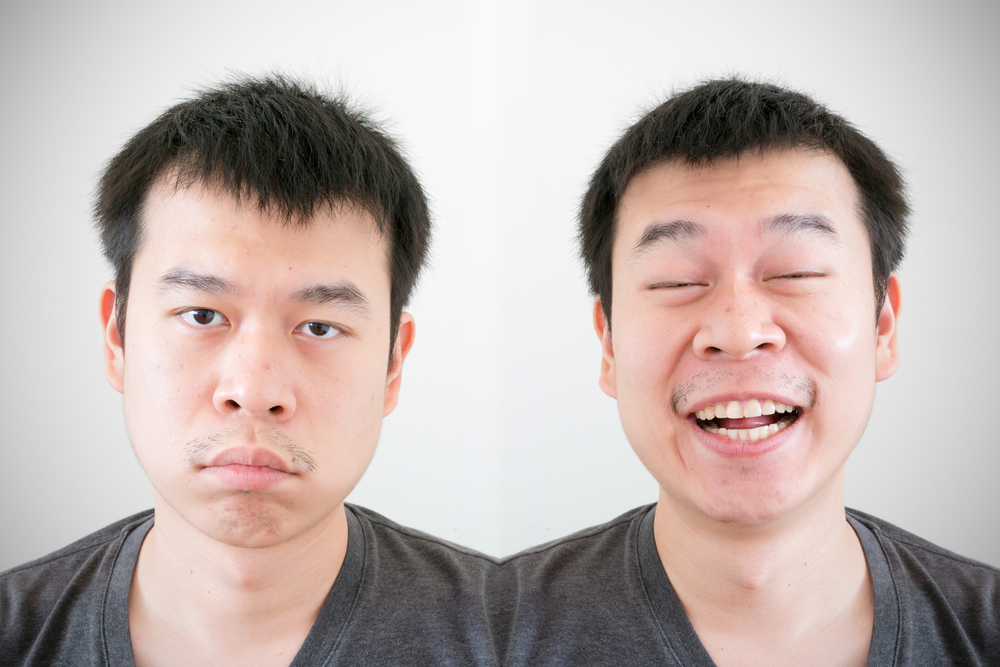Bipolar disorder, also known as manic-depressive illness, is a mental health condition that is characterized by extreme mood swings that alternate between episodes of mania or hypomania and depression. Worldwide, it affects around 2-3% of the population, that’s around 200 million people living with the condition.
Celebrated every year on March 30th, World Bipolar Day (WBD) is a worldwide awareness initiative of the International Society for Bipolar Disorders (ISBD) in conjunction with the Asian Network of Bipolar Disorder (ANBD) and the International Bipolar Foundation (IBPF).
Origin of WBD
The date – the 30th of March, was chosen to coincide with the birthday of Vincent Van Gogh (1853-1890), the famous artist who is believed to have had bipolar disorder. He was never officially diagnosed during his lifetime, but he experienced numerous episodes of emotional instability, including depressive and manic episodes, throughout his life. In fact, bipolar disorder was only officially defined in the year 1980, nearly a hundred years after his suicide.
The observance of World Bipolar Day began in 2014 with the goal to promote education and understanding about bipolar disorder, advocating for improved research and treatment options, and providing support for individuals living with the disorder and their families.
What are the symptoms?
Patients with bipolar disorder have extreme episodes of elevated and depressed mood. However, based on the main presentation, we can classify them into three different types.
- Type 1: Type 1 bipolar is defined by the appearance of at least one manic episode. People can have either manic or hypomanic episodes, which are less extreme than manic episodes. Major depression usually occurs but is not required for clinical diagnosis. It affects males and females equally.
- Type 2: Type 2 bipolar is characterized by at least one episode of hypomania and one major depressive episode, without any previous episode of mania. This type of bipolar may be more common in females.
- Cyclothymia: The most complicated type among the three. It comes with three defining features:
-
- Patients experience persistent instability of mood involving numerous periods of depressive symptoms and periods of hypomanic symptoms.
- Symptoms are not sufficiently severe or persistent enough to be classified into Type 1 or Type 2.
- Symptoms last at least 2 years and are present at least half of the time and are never absent for more than 2 months at a time.
However, what is mania exactly? We all experience periods of elevated mood, but to what extent should it recognize as extreme? In short, it is the type of behaviour that stands out. For example, you strongly disagree with a journalist and not only spend a night writing a 500-word post but search to find all the websites connected to the journalist so you can post your letter on every one of them. To some extent, manic episodes are compulsive, and patients usually do not realize it.
What are the treatment options?
Sadly, most mental conditions are not as clear-cut as other physical illnesses. Worse, patients with bipolar might also have other psychiatric conditions. Treatment options do not cure the disorder but only alleviate the symptoms. Usually, patients would be referred to a psychiatrist for a professional assessment.
For patients in manic or depressive episodes, medication should be taken to calm down the patients and prevent harm to themselves and others. Mood stabilizers like lithium, antipsychotics, antidepressants, and benzodiazepines are commonly prescribed medications.
Cognitive behavioural therapy, psycho-education, and interpersonal and social rhythm therapy could prevent the onset of symptoms in the long term.
How can we better relate to them?
Relating to or interacting with someone with bipolar disorder can be challenging, but it is important to remember that people with bipolar disorder are individuals with unique personalities and experiences. Here are some general tips for interacting with someone who has bipolar disorder:
- Educate yourself about the condition: Learn as much as you can about bipolar disorder and its symptoms. This can help you better understand what your loved one is going through and can also help you anticipate and respond to their needs.
- Listen and communicate effectively: Listen actively and communicate clearly and calmly with your loved one. Use empathetic and supportive language and avoid being judgmental or critical.
- Be patient and flexible: Recognize that bipolar disorder can be unpredictable, and be patient and flexible with your loved ones as they navigate their symptoms. Avoid taking their behaviour personally and try to remain calm and non-reactive during mood swings.
- Encourage healthy behaviours: Encourage your loved one to maintain healthy habits, such as getting enough sleep, exercising regularly, eating a balanced diet, and avoiding alcohol and drugs.
- Offer practical support: Offer practical support, such as helping with household chores or accompanying your loved one to medical appointments.
- Respect their boundaries: Respect your loved one’s need for privacy and personal space, and avoid being intrusive or overbearing.
- Encourage treatment: Encourage your loved one to seek professional treatment, and offer to help them find a qualified mental health professional or to accompany them to appointments.
Always bear in mind that everyone’s experience with bipolar disorder is different, and what works for one person may not work for another. More importantly, bipolar patients never chose to be manic or depressed – having a mental health condition can be as painful as having a physical condition, or even worse. By being supportive, empathetic, and informed, you can help your loved one manage their condition and improve their quality of life.













